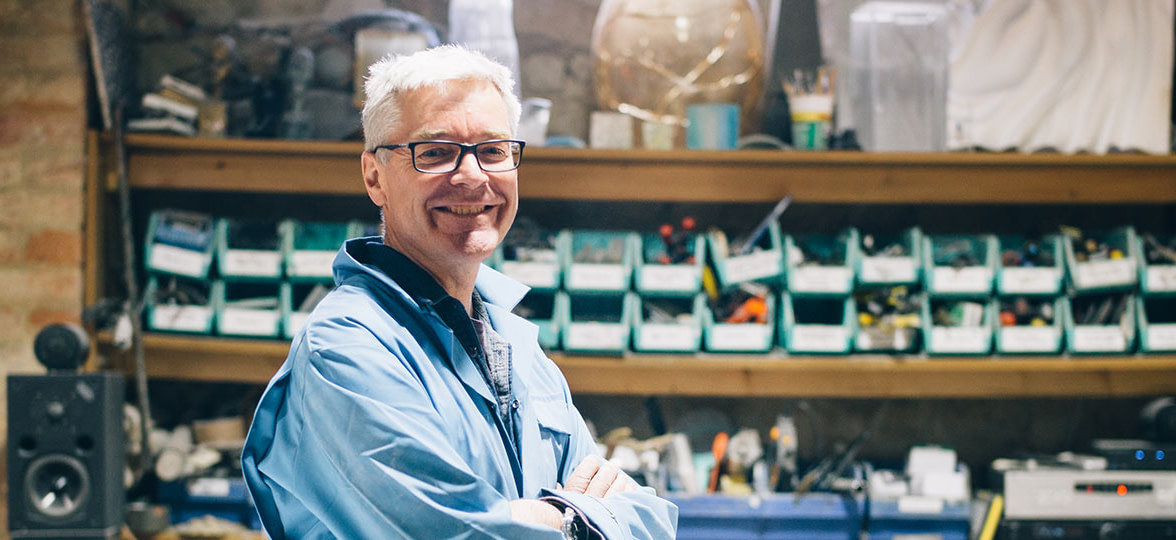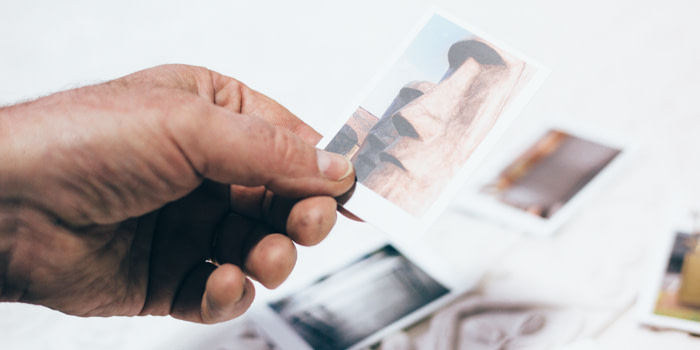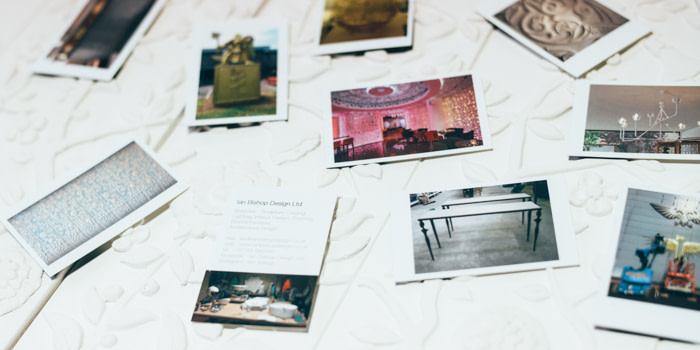From 2D to 3D: turning sketches in sculptures
We caught up with 3D design artist, Ian Bishop to explore his inspiration and process: how he goes from brief to a real-life, stunning design.

Ian Bishop is a bespoke, 3D design artist based in the UK. We caught up with him to explore his inspiration and process: how he goes from brief to a real-life, stunning design.
What is 3D design and how did you get into this field?
My work ranges from lighting to sculpture to furniture. I studied a multi-disciplinary course at art school, which I really enjoyed, because it meant I could explore multiple fields and mediums of design. I’m interested in making things, no matter what the medium.
What were you doing before you set up your business?
I worked for a ceramics company in their design studio. My major (at art school) was in industrial ceramics, so I naturally fell into working in that field following my graduation. I then worked for a local company who produced multi-disciplinary design, so from there I knew that there was a way for me to continue doing that kind of work.
At what point did you decide you wanted to stop working for other people, and set up on your own?
I started taking on more and more freelance work whilst working at the ceramics studio. It started with the odd job – people asking me to model this or sculpt that. Over time, I naturally made the crossover – I felt I’d built up enough work, so I went for it.
Talk us through your process. How do go from taking a client’s brief on paper to turning it into a tangible, physical 3D object?
Usually, my client would have some idea of what they wanted – a kind of low relief panel, or a sculpture, or lighting for example. Sometimes they come to me with it already mocked it up in CAD, but they’d have no idea how to actually make it. I’d then have initial meetings with them to discuss the process of how that idea could be made, and we’d work together on the design, ultimately making it into a reality. It’s a very collaborative process – which is one of the things I enjoy most.
There’s a beautiful combination of realism, classicism and quite intimate design references in your work – what brings it all together?
If it’s for a client, then it’s all about problem-solving – combining materials and processes to realize our collaborative idea and reaching an outcome that the client is happy with.
If personal work, I like to take a lot of inspiration from sculptors like Giacometti.
How much of your time is split between commissions and personal work?
I would say it’s around 70% commissions, 30% personal. It’s interesting as I’ve often thought about changing the split to lean a little more towards personal creations, but I really like the commissioned work – it’s incredibly intellectually stimulating – you really have to work together with the client to solve issues.
What’s your favorite client project you’ve worked on?
I worked on a really interesting project recently – a large sphinx – around 2.5m tall and 3m long for a lovely client in Majorca. There was around two tonnes of clay which was cast in a kind of stone material. It was interesting to ship out and we had to hire the second biggest crane in Ibiza to move it!
What’s your favorite medium to work in?
Probably clay or plaster. Clay is just amazing because you can model it, you can take things away, you can add to it – it’s not like carving a piece of stone where it’s a lot more permanent. Plaster is always interesting too – it’s really versatile – there’s so much you can do with it.
How important is brand to you and how are you focusing on building and promoting your brand?
Most of the work I get is by word of mouth. Because my work and creative process is so visual, I rely heavily on photography. Being able to put a different image on the back of every business card to showcase my range of work was such a great option for me! When I’m meeting someone new, I can tailor my card to suit the kind of client I’m giving it to. My website is essential too, it acts as a portfolio – a place for people to easily browse my work.
What are your tips for aspiring entrepreneurs wanting to start their own business?
Work really hard. Listen to people, and try to understand what it is that they want. Most importantly, try your hardest and do your best on each project you’re given.
Create your own pocket portfolio
Keep in touch
Get design inspiration, business tips and special offers straight to your inbox with our MOOsletter, out every two weeks.













